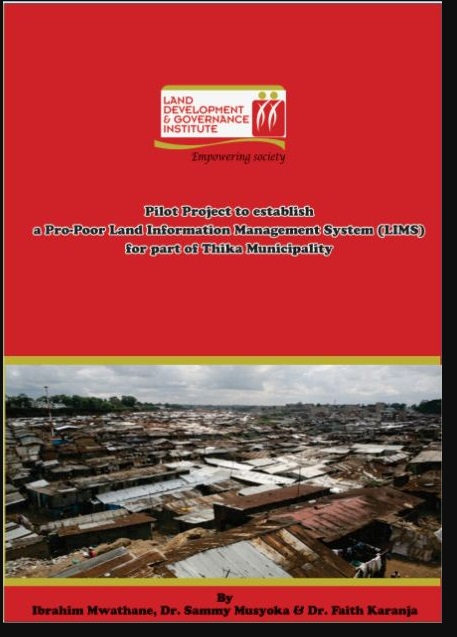Resource information
According to 2001 statistics, 924 million people, almost one third of the world’s population lived in slums. A majority of these people are in the developing countries and they account for 43% of the urban population. Slums are characterized by a dense proliferation of small, makeshift shelters built from diverse materials, degradation of the local ecosystem and by severe social problems. Most of the developing countries are experiencing massive migration from rural areas to cities where the majority of these new urban dwellers settle in non-regularised areas, often in locations that are exposed to natural hazards (such as land slides and flooding) and to ill health, illiteracy and unemployment. Sub-Saharan Africa accounts for the largest population living in the slums. It is estimated that by the year 2030, the global number of slum dwellers is likely to double to about 2 million. Some of the challenges to affordable housing in both rural and urban areas have been identified as land tenure, financing, legal framework, building materials and appropriate technology. This study focuses on Kiandutu Slums in Kenya and proposes the use of geospatial technology in the provision of information for planning and decision-making in line with the National Land Policy (Sessional Paper No 3 of 2009) and the Constitution (Constitution of Kenya 2010) in order to provide a solution to mitigate challenges on land tenure, shelter, services, poverty and empowerment in our informal settlements. The study recognises that the Government has made a policy commitment to establish a comprehensive, computer based, efficient, user friendly, accessible, affordable, transparent and gender sensitive land information management system (Sessional Paper No 3 of 2009, 163(a)). The study will note and review the ongoing efforts by the Ministry of Lands to develop a National Land Information Management System (NLIMS) with a view to establishing what efforts or mechanisms if any, have been made to provide for the inclusion of information from Kenya’s informal settlements into the system. This study is expected to contribute to this effort. In addition, the study will be informed by lessons learnt from the Land Information for Informal Settlements (LIIS), an earlier initiative by the Ministry of Lands, the City Council of Nairobi and stakeholders which was conducted in Kibera’s Soweto East slum village. This study will further draw lessons from an initiative done under the Institution of Surveyors of Kenya to develop a proto-type Land Information System of the peri-urban zone of Nairobi covering parts of Kitengela in Kajiado


